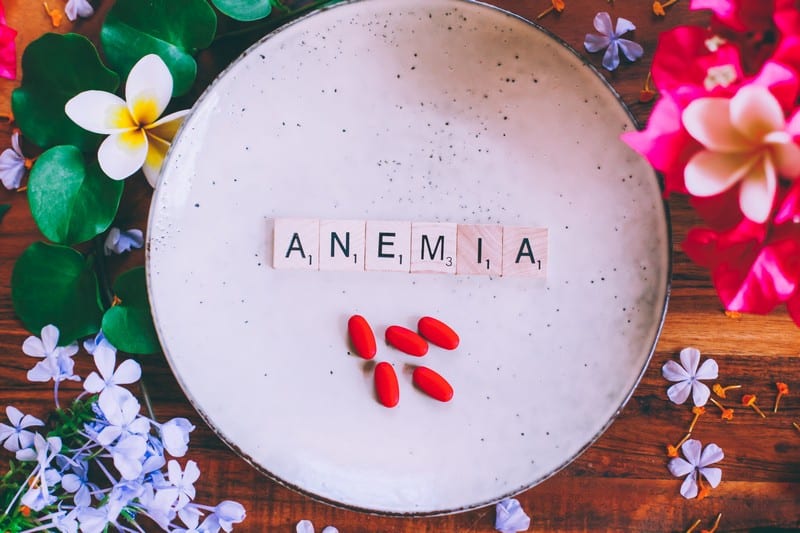Microcytic anemias are a type of anemia characterized by small red blood cells. Anemia is a condition where the body lacks healthy red blood cells to carry adequate oxygen to the tissues.
The three main microcytic anemia types are hyperchromic, normochromic, and hypochromic. Hyperchromic microcytic anemias are characterized by darker-than-normal red blood cells, while normochromic microcytic anemias are characterized by normal-colored red blood cells. Hypochromic microcytic anemias are characterized by lighter-than-normal-colored red blood cells.
The symptoms of microcytic anemia can vary depending on the underlying cause. Common symptoms include fatigue, weakness, shortness of breath, pale skin, and fast or irregular heartbeat.
Individuals who experience any of these symptoms must see a doctor so that they can perform a thorough diagnosis. A doctor will likely ask about an individual’s medical history and symptoms. They will also perform a physical exam. To confirm a diagnosis of microcytic anemia, a doctor will order a complete blood count (CBC). This test measures the number and size of red blood cells. A CBC can also help determine the cause of microcytic anemia. Additional tests may also be ordered to rule out other conditions.
Iron-Deficiency

Several things can cause microcytic anemia, but iron deficiency is one of the most common causes. Iron is essential to produce hemoglobin, which gives red blood cells their color. When there isn’t enough iron in the body, hemoglobin production slows down, and red blood cells become smaller.
According to the National Institutes of Health, iron-deficiency anemia affects about 1 billion people worldwide. Women and children are particularly susceptible because of their increased need for iron. There are many different causes of iron deficiency anemia. Some people develop the condition because they don’t consume enough iron-rich foods, while others may have problems absorbing iron from food due to inflammatory bowel disease.
For individuals who suspect they are iron deficient, it’s important to see a doctor for a complete blood test. If diagnosed with microcytic anemia, treatment will focus on increasing iron levels. This may involve taking oral supplements or changing the diet for mild cases. More severe cases may require an intravenous iron infusion or a blood transfusion.










